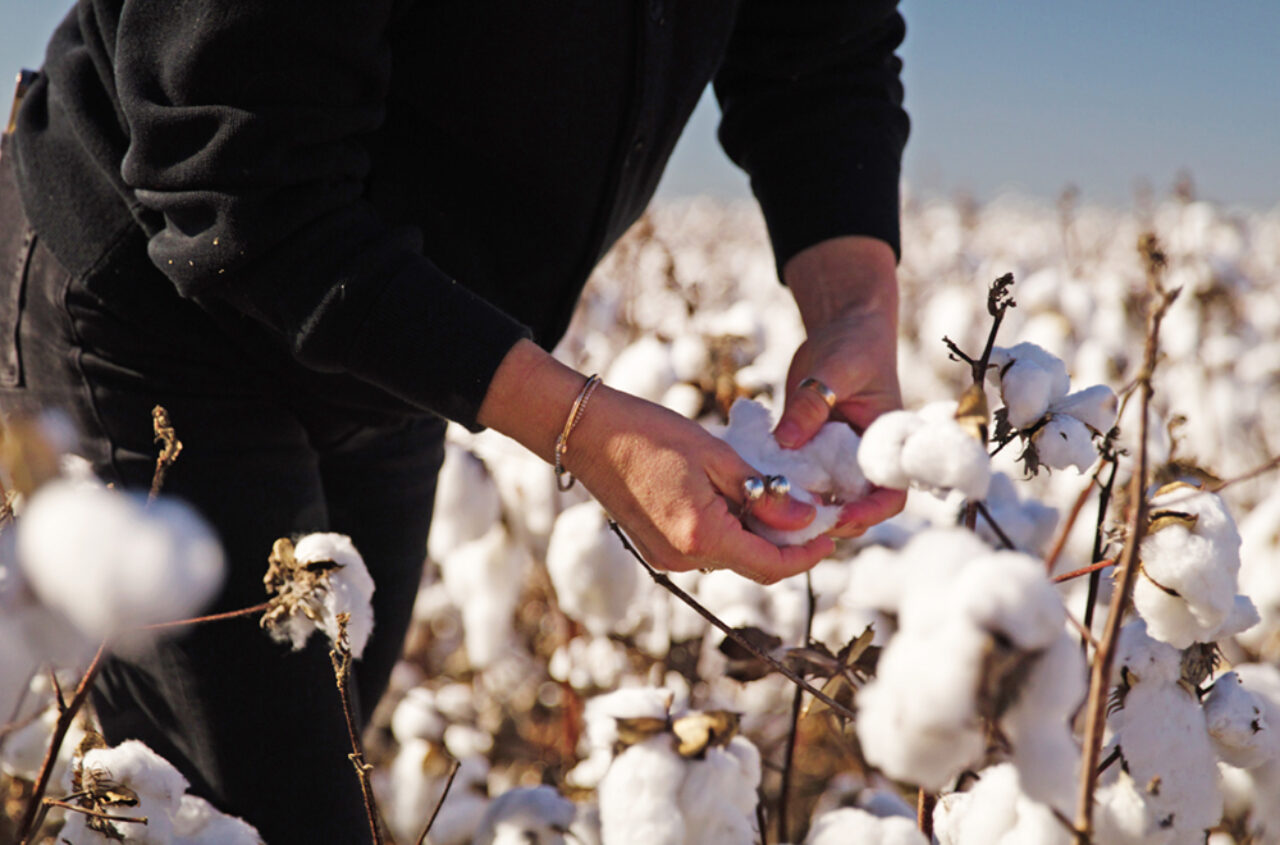
As global consumers and brands place a stronger importance on sustainability, the demand for high-quality, responsibly sourced materials continues to rise. In 2024, the Australian cotton industry witnessed significant growth in brand partnerships and product licensing, strengthening the reputation of Australian cotton as a fibre of choice in the fashion and textile industry.
Over 33 million clothing and homeware items were licensed to carry the Australian Cotton Mark, a 16% increase from 2023. This brings the total to more than 85 million products since the program's launch in 2013. The increase reflects a shared commitment from brands to highlight their use of locally grown Australian cotton.
In 2024, the number of licensed brand partners increased by 33%, driven by an exciting 115% rise in total brand licensed applications. Leading retailers, including Target and Big W, were among those submitting the most applications, confirming their dedication to incorporating Australian cotton into their product ranges. Other brands, such as ELK, Sussan, and Aldi, have also strengthened their partnerships with the industry, knowing the value in promoting locally sourced fibre to their customers.
Ashley Hollis, Brand Relationship Manager at Cotton Australia, voiced her gratitude for the growing number of brands embracing the Australian Cotton Mark: “Seeing more products proudly displaying the Australian Cotton Mark is a fantastic acknowledgment of the hard work and dedication of our local cotton farmers. Every time a brand chooses to showcase this logo, it not only highlights their commitment to selecting a sustainable fibre but also directly supports the farming communities who grow this fibre.”
For the farmers themselves, the increasing presence of the Australian Cotton Mark on products is a point of pride. This program serves as a bridge between growers and the fashion and textile industry, ensuring transparency and traceability in sourcing decisions. “It’s incredibly rewarding to see more brands wanting to tell the story of Australian cotton,” Hollis added. “The partnerships we are fostering are not just about fibre; they are about people, our growers, their families, and their communities who produce some of the world's best cotton.”
The Cotton to Market program is a testament to the strength of collaboration between Cotton Australia and the fashion industry. This growing demand underscores the industry’s commitment to sustainability, innovation, and quality. Looking ahead, Cotton Australia remains focused on expanding consumer marketing campaigns with brands to showcase our local industry.
